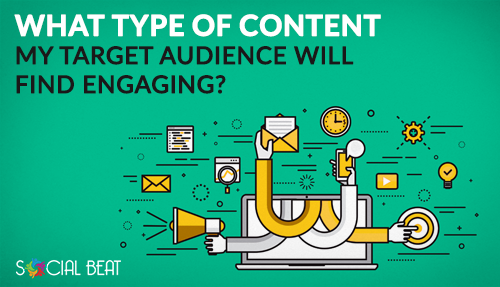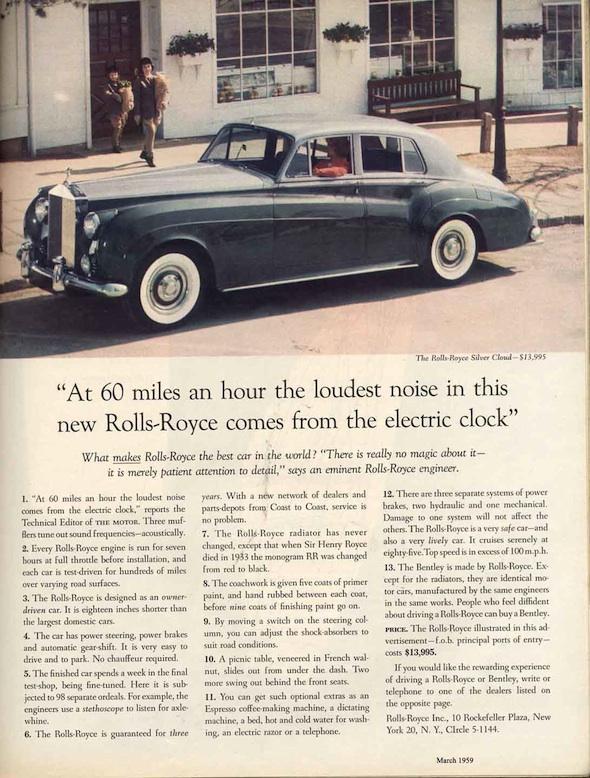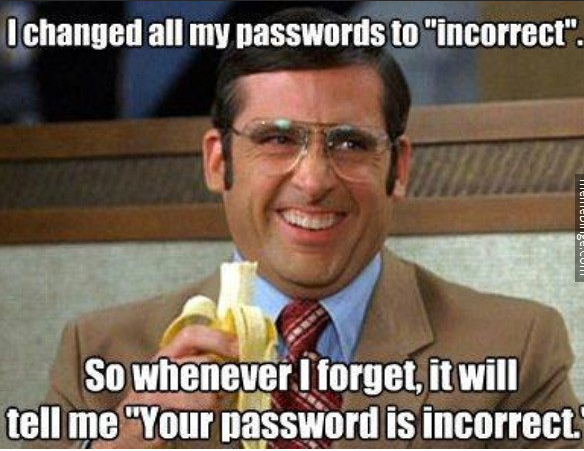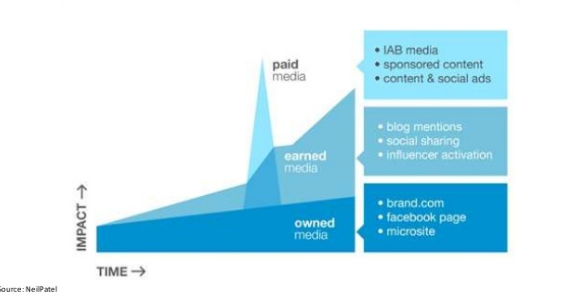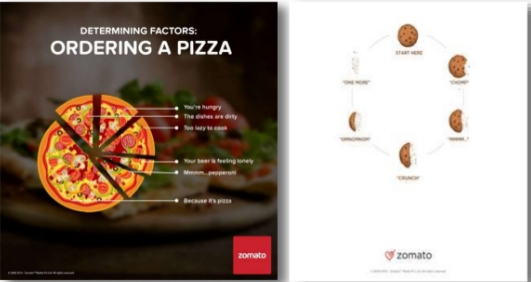Content marketing isn’t something you could just cook up out of an empty pot. The process requires careful planning and meticulous detailing with a whole host of ingredients blending to make fantastic pieces of share-worthy content on various platforms.
Everything begins with an idea. It is from this seed that your entire content marketing plan branches out. To come up with a path-breaking idea you need to do research and lots of it. You achieve great content marketing when you bridge the gap.
This is the first and most critical step towards creating your content plan. When you can understand who our audience is and what their expectations are, you will be able to create more relevant content. Analyse these aspects:
When you narrow down the points mentioned above, your next step is to hunt for relevant topics that are trending, valuable and share worthy and in some way link to your brand, product or service.
Question yourself as to why you are about to create a piece of content. What is your end goal with the content you are about to create? To make this easier and more understandable, create a content strategy. Your strategy must be able to answer one or all of these goals:
Remember, strategies could change even after your content is created and published. Be open to a trial and error method before you push for massive promotions.
With your strategy set and your ideas in full flow. It’s time for the actual creation of your content. Again, depending on your Target Audience, your type of content will have to vary in, but make sure you stick to a content formula that is valuable, relevant and has great visual appeal. Based on current market trends and audience expectation, keep your content fresh by mixing and matching its various forms like GIFs, Blog posts, Infographics, Videos, etc. Ultimately, your content creation must sync well with your strategy and be able to:
Much like creating content for that relates to your Target Audience, publishing your content must also have a timed approach. Google Search algorithms and Facebook’s targeted post boosting have made it easier for marketers to preselect a publishing time and date, resulting in better and more accurate reach to the consumers. It is important to optimise content that is share-worthy on mobile devices as well, with a majority of consumers now spending more time on smartphones.
With over 27 million pieces of content being shared every day, your content is just a small grain of sand in a huge desert. To make that little grain noticeable among the rest, you need to make the most out of the promotional options available. So how do you amplify your content?
Remember, none of these techniques will work wonders unless you connect them with the golden catalyst of content marketing- Search Engine Optimisation. SEO is a broad topic, so we’ve saved it for another detailed post.
Brand/Product/Service specific content marketing
Since content marketing is an ever-evolving subject matter based on shifting trends and change in consumer behaviour, there is no surefire successful approach to choosing an approach to your strategy. But, some content strategies work well over others depending on your brand, product or service. Let’s look at a few successful strategies.
Content Marketing for B2B:
When it comes to B2B content marketing, ultra-professionalism is important. Your task as a marketer will be to convince other business of working with you or using your services. Make sure your content is concise, to-the-point and expresses heavily on your services and the benefits it could offer to another business.
Best Platforms:
Facebook, Twitter, LinkedIn, WordPress Blog/Website, YouTube, Google AdWords
Content Type:
Emailers, Helpful blog posts (Tips/How-to), Product Reviews, Product/Service specific social media posts
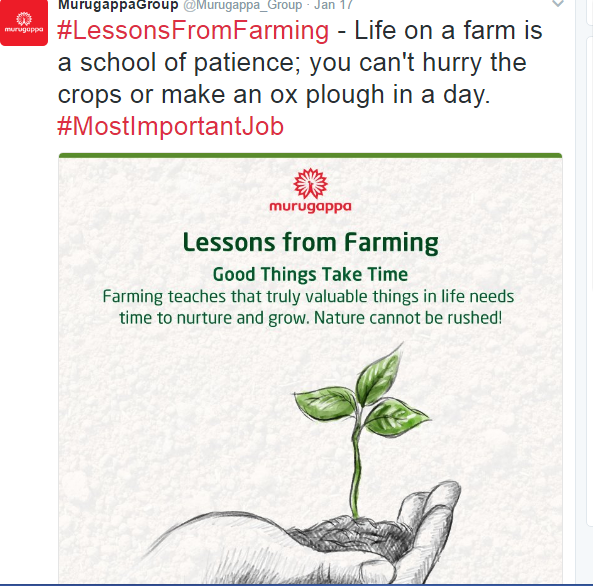
Content marketing for FMCG:
For FMCG brands, the content strategy must heavily revolve around consumer interaction. This means marketers are free to explore all sorts of content and modify them in a way that involves consumers intrigued and curious to know more about the brand’s products.
Best Platforms:
Facebook, YouTube, Instagram, Guest blogging
Content Type:
GIFs, Memes, Influencer promotions, Product specific social media posts, Guide based blog posts
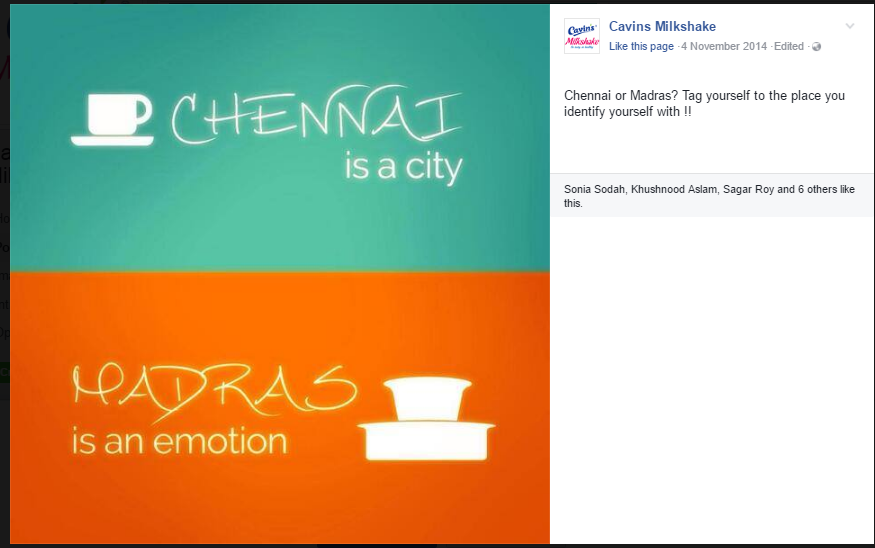
Content marketing for real estate:
With a recent influx of the real estate market in India, developers are making a move into the online space to boost their project promotions further. As always, the competition is fierce, so the best reach towards consumers decides the big winner. Considering how huge the real estate industry is, having an online presence for developer and broker, while also complementing each other’s presence, is vital for the success of a real estate brand in the online space.
Best Platforms:
Facebook, Google AdWords, WordPress Blog, Twitter
Content Type:
Emailers, Helpful blog posts (Tips/How-to), Influencer promotions, Product specific social media posts, Landing pages
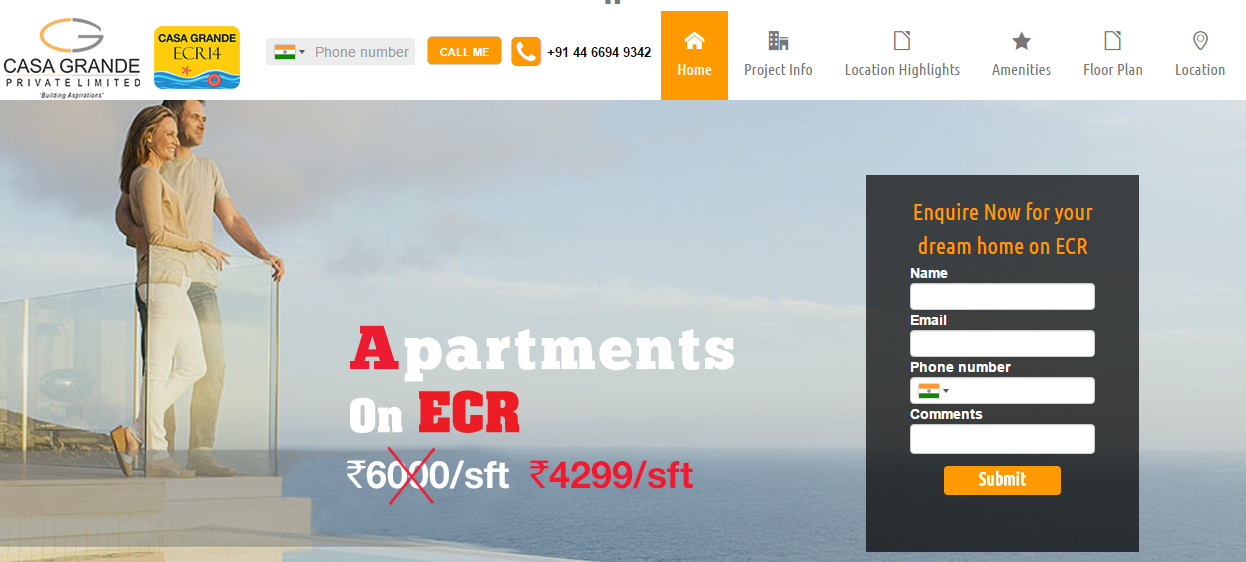
Content marketing for lifestyle brands:
Lifestyle brands, especially those in the fashion industry, have a mainstay in the digital marketing space. To get better online presence, lifestyle brands must be appealing both to targeted consumers and businesses.
Best Platforms:
Facebook, Instagram, Google AdWords, WordPress Blog/Landing Page, Twitter, YouTube
Content Type:
Emailers, Helpful blog posts (Tips/How-to/Lists/Guides), Influencer promotions, Product specific social media posts, Video Promotions

We end by quoting a famous line by David Ogilvy, “Never write an advertisement which you wouldn’t want your family to read. You wouldn’t tell lies to your own wife. Don’t tell them to mine”. Content marketing is the most trusted and honest form of marketing and one that is sure to go a long way in establishing a healthy relationship with your Target Audience.
Are there any innovative content strategies you’ve cooked up? Feel free to share the in the comments below.








